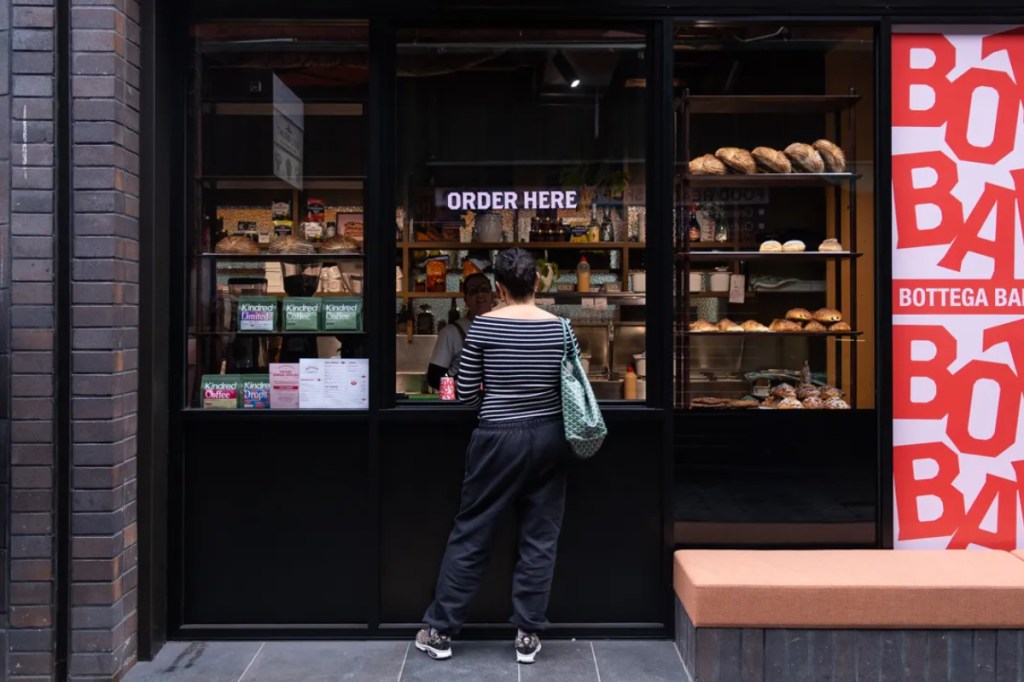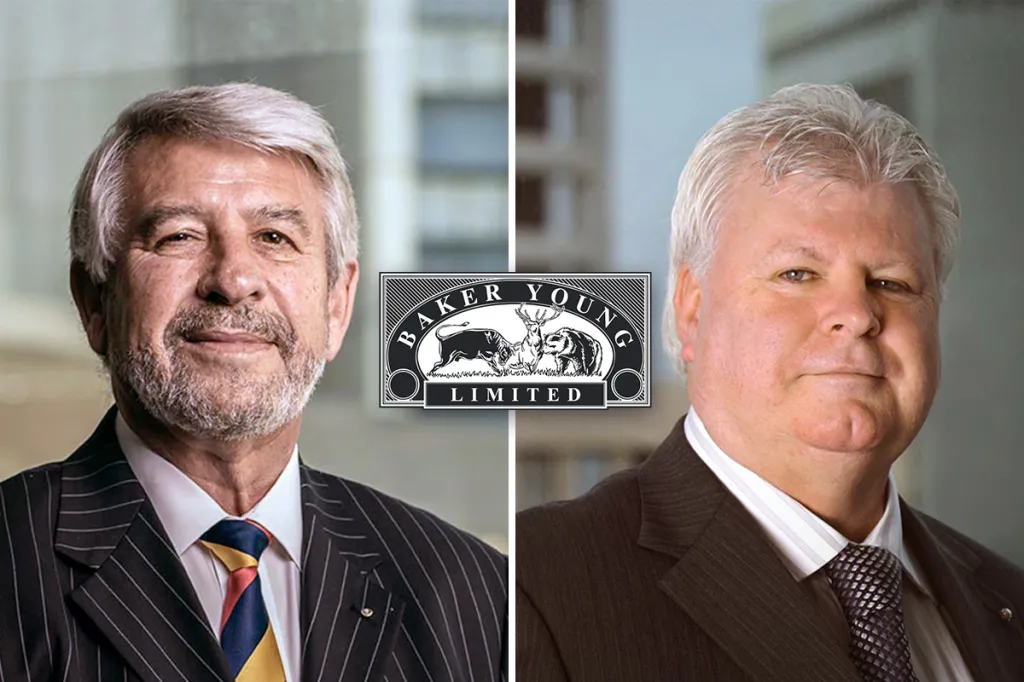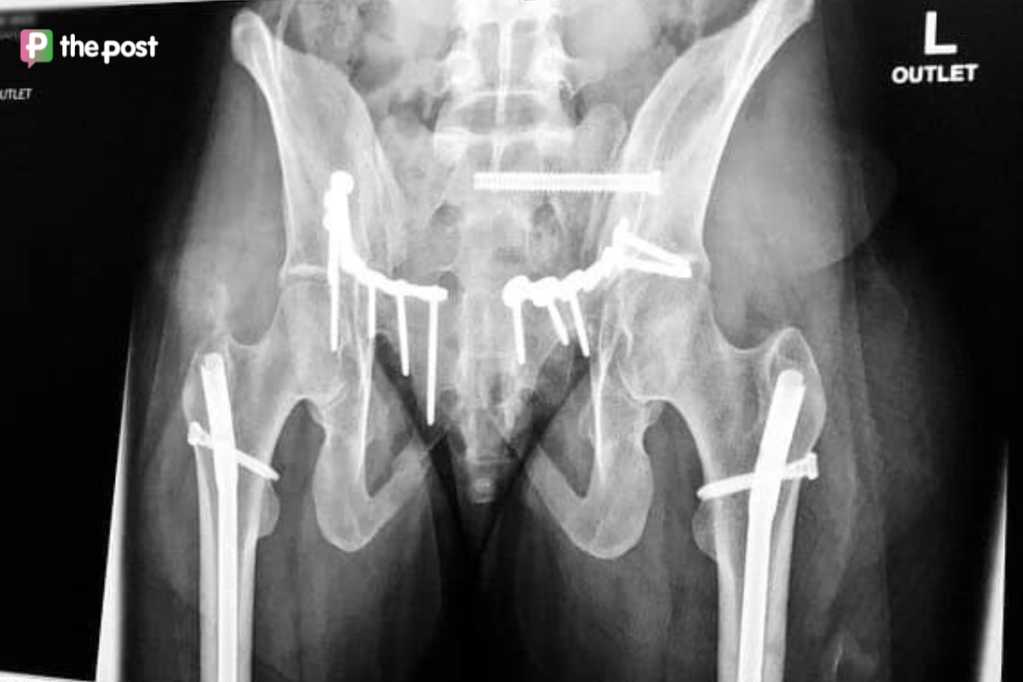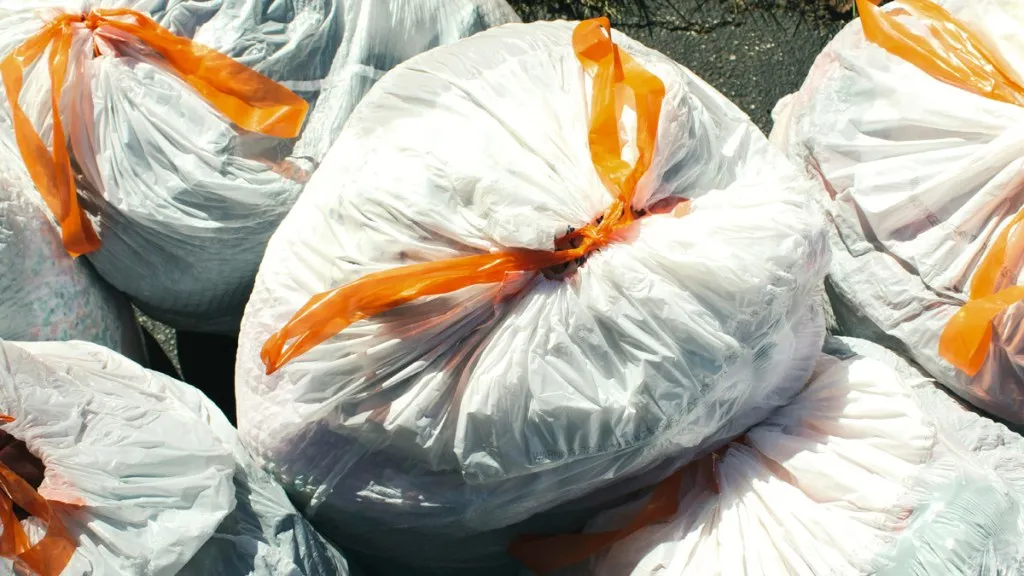Diners spend up at SA restaurants and cafes
South Australian cafes and restaurants turned over more money per transaction than anywhere in Australia last month, but local hospitality operators say there’s more on the plate than meets the eye as customer habits change.

But one South Australian hospitality leader says spend per transaction is just one piece of a bigger puzzle for restaurateurs, alongside booking regularity and the total number of customers.
The latest data for September – released by point-of-sale (POS) operator Lightspeed – shows SA’s restaurants generated $63.05 per transaction and cafes $21.06.
This was well above the spend per transaction at restaurants in New South Wales of $49.76, and the Victorian café spend of $18.17.
Bars in South Australia generated $33.85 per transaction – the state’s highest monthly figure of the year and the second highest nationally after Western Australia ($35.84).

From Lightspeed, which assessed millions of transactions at more than 10,000 restaurants, bars and cafes in Australia.
Lightspeed senior director of marketing (APAC) Simon le Grand said Adelaide and South Australia “quietly lays claim to being the peak of Australia’s hospitality industry”.
“South Australia is bristling with venues and world-leading produce. That quality of the state’s restaurants, bars and cafes – coupled with the strong ‘support local’ sentiment – is reflected in Lightspeed data which shows strong trade for venues across the state in recent times,” le Grand said.
“Research from the Institute of Public Affairs suggests that South Australia is Australia’s second-best performing state overall, but leads the nation in per capita state economic growth, productivity growth, and business investment.
You might like
“In a prosperous state, it’s very heartening to see so much of that support pumped back into the local economy and the hospitality venues that bind high streets and entire communities together.
“That’s not to say that it’s all plain sailing in recent years, though. So, as summer approaches and days get longer and warmer, there’s plenty of reason to be optimistic, and for venues to build on the strong trade they’ve registered in recent months.”

Big Easy Group managing director Oliver Brown.
Speaking to InDaily, Big Easy Group managing director Oliver Brown – who operates Adelaide venues including Anchovy Bandit, Bottega Bandito, House of George, La Louisiane and more – said he was surprised that South Australia topped the charts.
“The numbers are pretty similar to our average spend per head in the different service styles, so the figures don’t surprise me. It’s the fact that SA is leading that does,” he said.
He said that though spend per transaction might be the highest here, the regularity of customer bookings was not on par with interstate levels.
South Australians are going out less, but they’re spending more when they do go out, he said.
“That’s something we’ve noticed across the board,” said Brown.
“We’re getting less people less often, but the spend per head is holding or even increasing.”
As such, Brown believes the spend per transaction metric is a “super micro view of the entire hospitality ecosystem”.
Stay informed, daily
“It’s really about total covers, repeat visits and spend per transaction – I think that’s really what spells out the total economics of how much revenue you’re going to do, which is really what you want,” he said.
“Everyone I’ve spoken to said there’s been a total reduction in revenue. The spend per transaction hasn’t been affected, it’s that the amount of people coming through is less.”
Right now, bars, restaurants and cafes in the state are running on profit margins of up to 10 per cent of revenue after paying wages, cost of goods and overheads, according to Brown.
Therefore, from the $63.05 spent at restaurants in one transaction, about $6 would return to the operator.
At the same time, Brown said the cost of goods – which has been rising in recent months – has “probably plateaued”, and electricity prices are coming down.
“That’s helped pretty massively, because [electricity prices] literally doubled in the last two or three years,” he said.
“Inflation in those costs has been out of control, but it does seem to have plateaued and it stabilising now.
“I think you’ll find much more stable pricing in venues. In the last 12 months you’d go to a venue every second week and pricing had gone up again.”
But bars, restaurants and cafes are likely undercharging customers for certain items to satisfy what consumers expect things to cost.
One example is the cost of a pint, Brown said.
“If you look back 10 years ago, I think the price of a beer was still $10. It’s not $20 for a pint now, but maybe it should be there – maybe that’s the issue,” he said.
“No one wants to be the first one to jump, especially on commodities like a coffee or a pint of pale ale. People are so price-sensitive to that.
“But I think the industry is probably doing itself a bit tougher by not regularly reviewing and increasing prices to where they need to be.”
Brown South Australia’s strength was in “nailing high-quality, mid-level dining”.
“You can go out in Adelaide and get set menus – which are always a good litmus test – for $80, which has unreal, quality produce,” he said.
“You go somewhere else in the world and they’ll sell the exact same produce for $250 per head.
“We’ve got the best mid-level dining scene that I’ve seen under that $100 mark, with a lot better quality wine and produce.”








